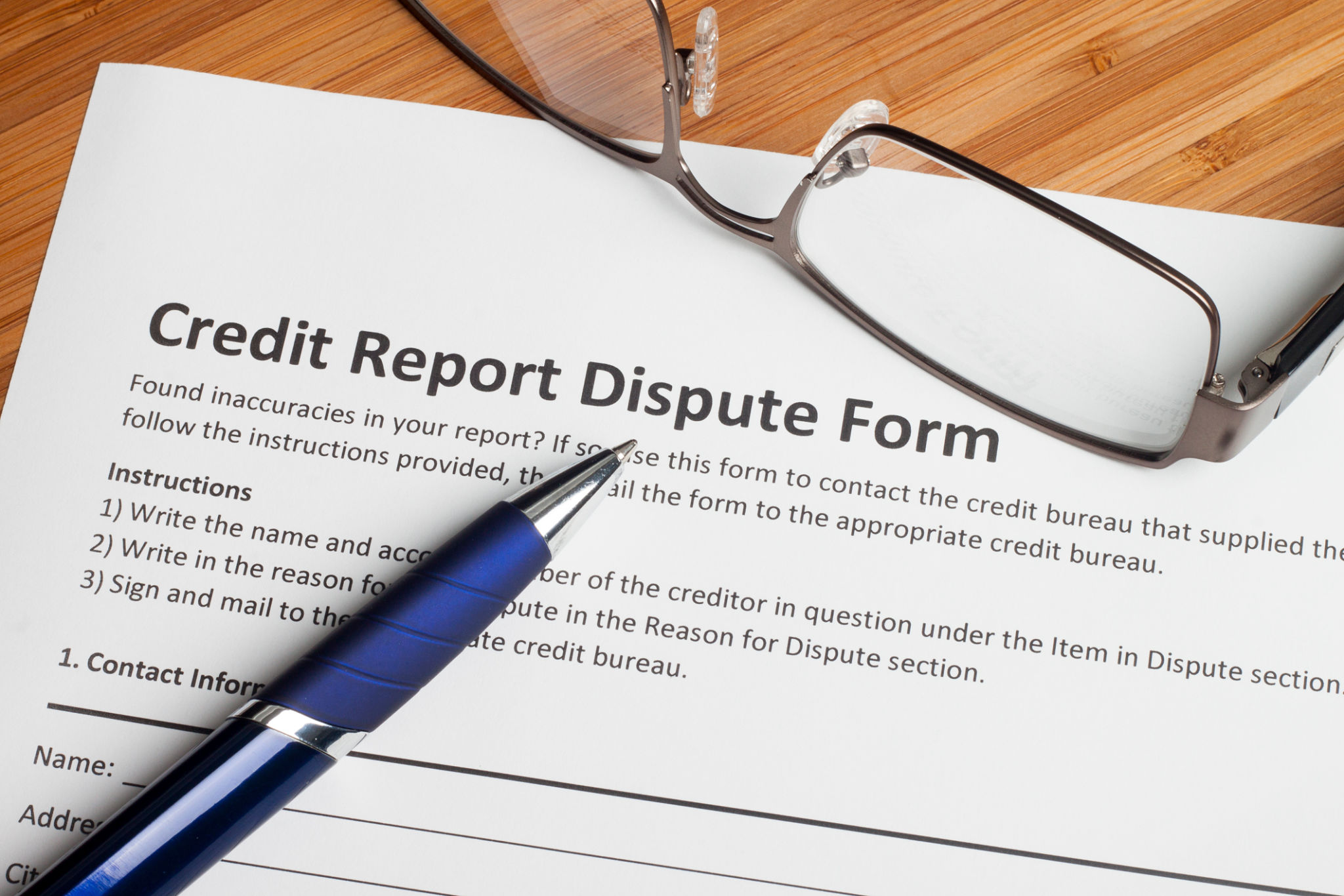Chargeback Claims: What You Need to Know
Understanding Chargeback Claims
Chargebacks are a critical component of consumer protection in the digital age. They allow consumers to dispute a transaction and request a refund from their bank or credit card company if they believe there has been an error or fraudulent activity. However, while chargebacks serve as a safety net for consumers, they can pose significant challenges for businesses.

What Triggers a Chargeback?
A chargeback can be initiated for several reasons. Common causes include unauthorized transactions, non-receipt of goods or services, defective merchandise, or incorrect billing amounts. It's essential for businesses to understand the various reasons behind chargebacks to better manage and prevent them.
Merchants should pay attention to customer service issues, as poor service can lead to dissatisfaction and subsequent disputes. Ensuring prompt and clear communication with customers can help mitigate these risks.
The Chargeback Process
The chargeback process begins when a cardholder disputes a transaction with their bank. The bank then investigates the claim and may temporarily credit the cardholder's account while the merchant is notified of the dispute. The merchant then has the opportunity to respond and provide evidence to refute the claim.

Once the bank reviews all evidence, they make a decision on the case. If the decision is in favor of the cardholder, the chargeback is upheld, and the merchant is debited for the transaction amount plus any additional fees.
How to Manage Chargebacks
To effectively manage chargebacks, businesses should implement robust systems for tracking and analyzing transactions. This includes maintaining clear records and documentation of all sales and communications with customers.
- Respond Promptly: Quick responses to chargeback notifications can help resolve disputes more effectively.
- Provide Clear Evidence: Ensure you have detailed documentation ready to support your case.
- Improve Customer Service: Excellent customer service can reduce the likelihood of disputes arising in the first place.
Preventing Chargebacks
Prevention is always better than cure. Implementing strategies to minimize chargebacks can save businesses time and money. Here are some preventive measures:
- Use Clear Billing Descriptions: Ensure that your company's name and contact information are easily recognizable on customer statements.
- Communicate Policies Clearly: Make sure return, refund, and shipping policies are transparent and accessible to customers.
- Authenticate Transactions: Utilize verification tools like CVV codes and AVS checks to validate customer information.

The Impact on Businesses
Chargebacks can have a significant impact on businesses, both financially and reputationally. High chargeback rates can lead to increased fees from payment processors and even risk losing merchant accounts. Additionally, a high volume of chargebacks can damage a business's reputation, affecting customer trust and future sales.
Businesses should strive for a balanced approach by protecting themselves against fraud while also providing fair resolutions for legitimate customer grievances.
Conclusion
Understanding chargeback claims is crucial for both consumers and businesses. Consumers benefit from a safety mechanism that protects their purchases, while businesses must navigate the complexities of disputes that can affect their bottom line. By implementing effective management strategies and focusing on prevention, businesses can reduce the incidence of chargebacks and maintain better relationships with their customers.
